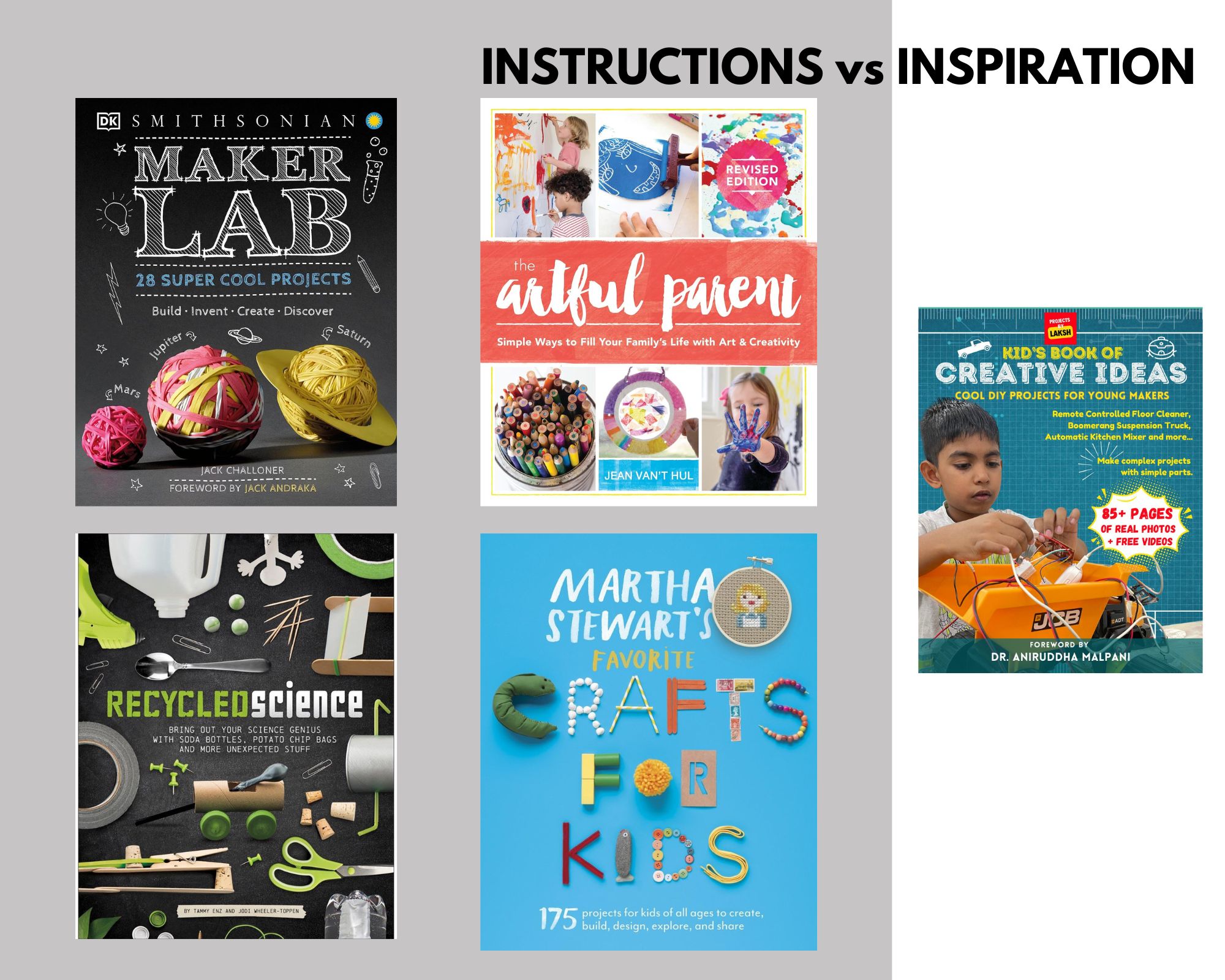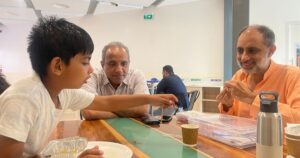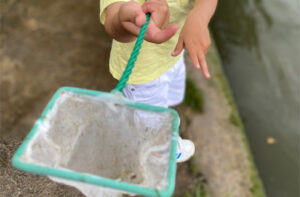As parents, we often find ourselves in a dilemma. We want our children to be independent, creative thinkers, yet we often turn to DIY books that provide step-by-step instructions. While these books have their place, they may not always foster the kind of self-reliance and creativity we hope to instill in our kids.
Popular DIY Project Books for Kids:
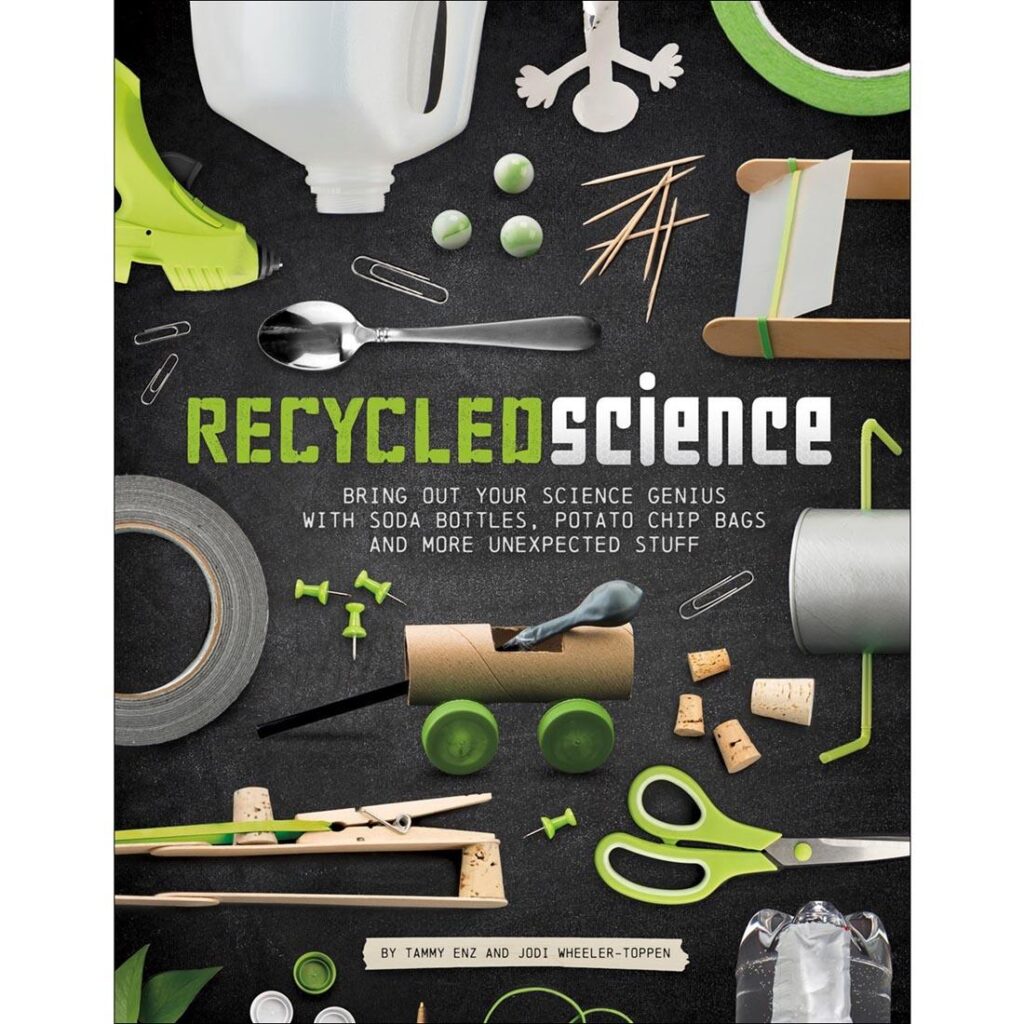
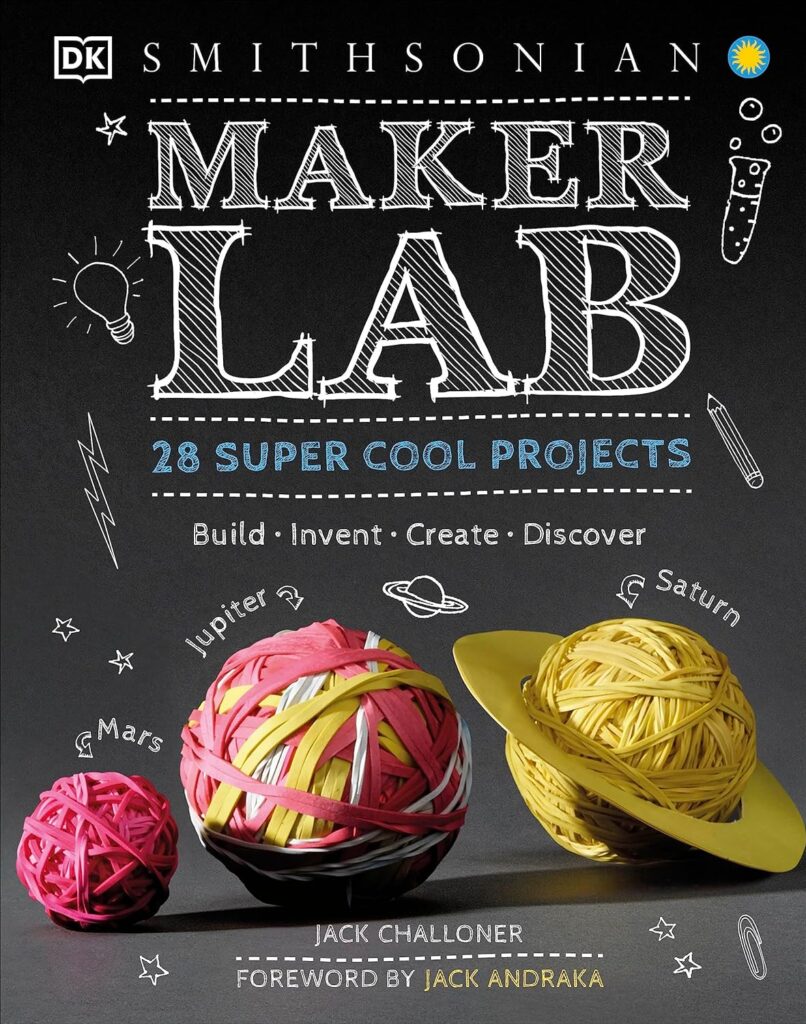
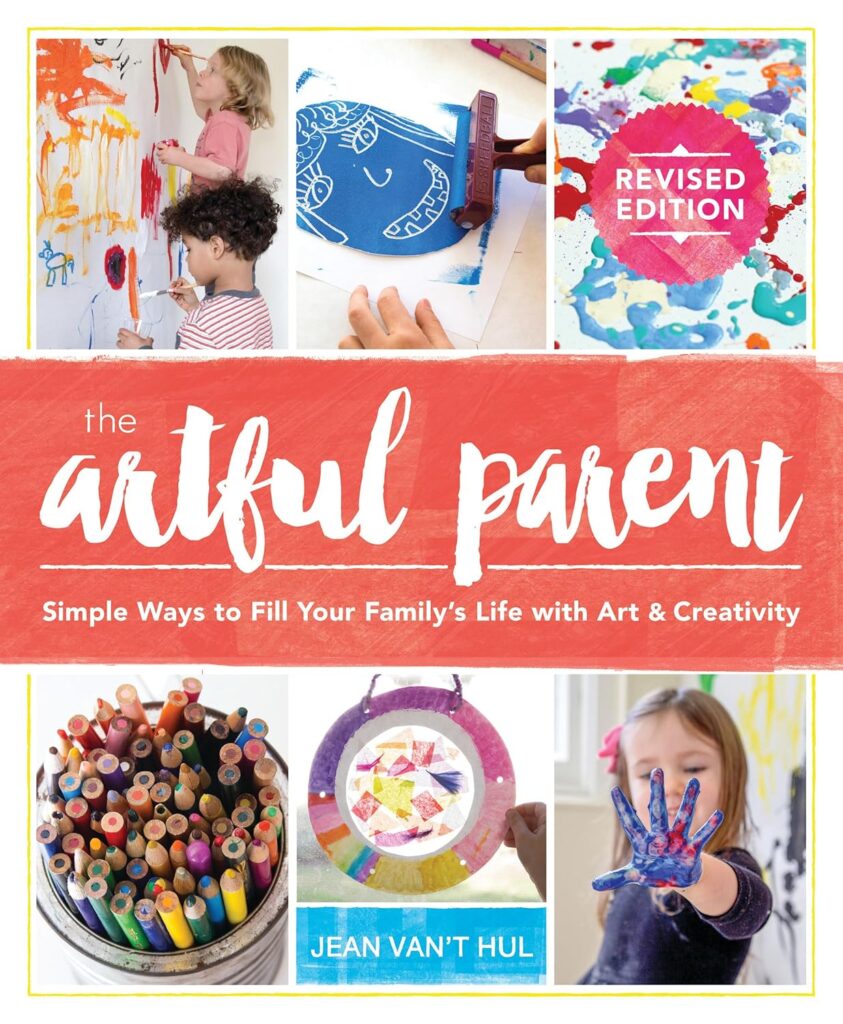
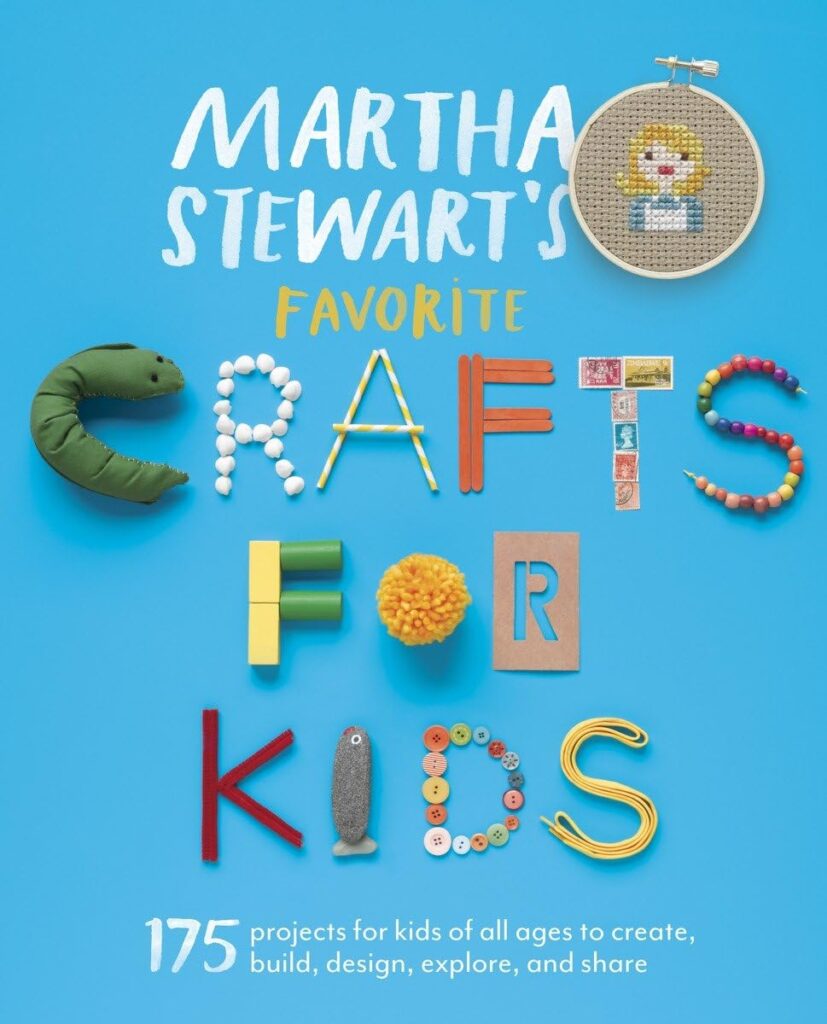
- “Martha Stewart’s Favorite Crafts for Kids” by Martha Stewart
- “The Artful Parent” by Jean Van’t Hul
- “Maker Lab: 28 Super Cool Projects” by Jack Challoner
- “Recycled Science” by Tammy Enz and Jodi Wheeler-Toppen
These books are popular for their clear instructions and engaging projects. However, they often lead to a common parental challenge: kids who can follow instructions but struggle to come up with their own ideas.
The Parental Dilemma:
- Independence vs. Guidance: Parents want kids to do things for themselves, but detailed instructions can create dependency.
- Creativity vs. Replication: Step-by-step guides may limit a child’s ability to think outside the box.
- Problem-solving Skills: Following preset instructions doesn’t always develop crucial problem-solving abilities.
- Adaptability: Kids may struggle when they don’t have exact materials or conditions specified in the books.
- Initiative: Children might wait for instructions instead of taking initiative to start projects on their own.
Enter Laksh’s “The Kid’s Book of Creative Ideas” – A Fresh Take:
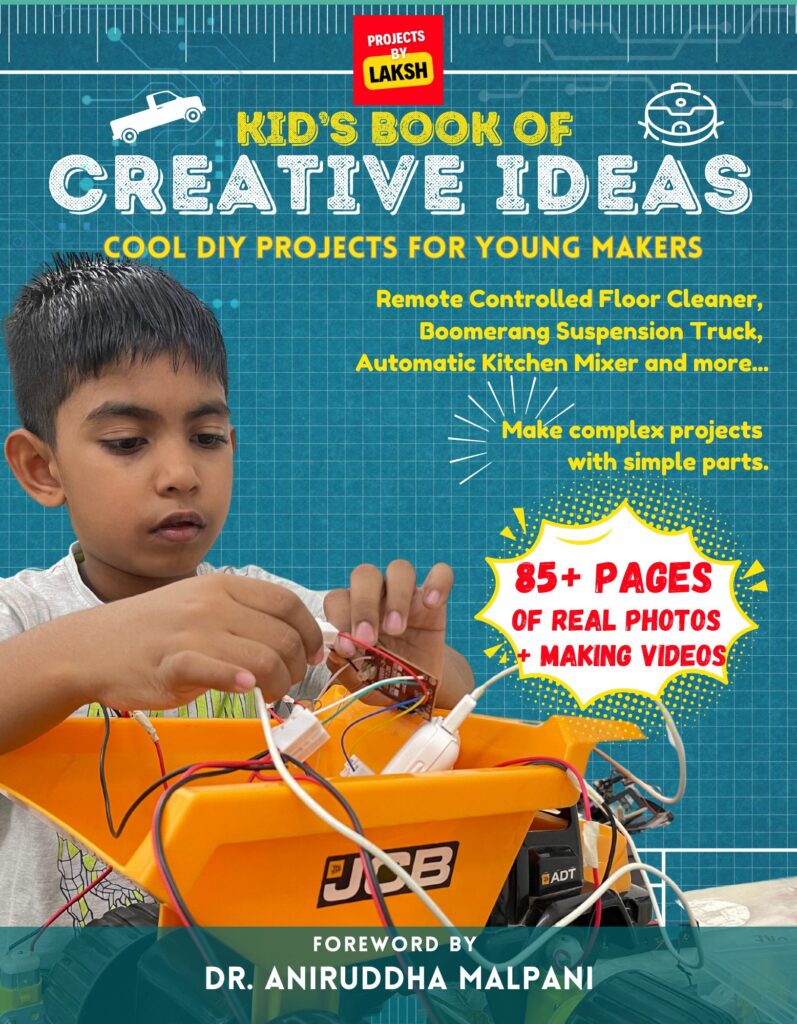
Laksh’s book addresses these parental concerns by offering a different approach:
- Sparks Imagination: Instead of prescriptive instructions, it provides prompts that encourage kids to generate their own ideas.
- Fosters Independence: By not relying on step-by-step guides, children learn to think and create independently.
- Develops Problem-solving Skills: Open-ended suggestions allow kids to figure out solutions on their own.
- Encourages Adaptability: Without specific material lists, children learn to work with what they have available.
- Promotes Initiative: The book inspires kids to start projects based on their own interpretations and ideas.
- Peer Perspective: Written by a young author, it speaks to kids in their own language, making creativity feel accessible.
- Embraces Process over Product: It values the creative journey, reducing pressure to create “perfect” end results.
Why This Resonates with Parents:
- Aligns with Long-term Goals: It helps develop skills that are valuable beyond just crafting – creativity, problem-solving, and initiative.
- Reduces Parental Involvement: Kids can engage with the book independently, coming up with their own projects.
- Flexible Application: Ideas can be adapted to various ages, skill levels, and available resources.
- Encourages Lifelong Creativity: By focusing on the thought process, it sets the foundation for ongoing creative thinking.
While traditional DIY books have their place, Laksh’s “The Kid’s Book of Creative Ideas” offers a refreshing alternative that aligns with many parents’ desires to raise independent, creative thinkers. It’s not just about keeping kids busy with projects; it’s about nurturing a mindset of innovation and self-reliance.
For parents looking to move beyond prescriptive crafting and foster true creativity in their children, Laksh’s approach provides a valuable resource. It’s a book that doesn’t just fill time, but fills minds with possibilities.
Book link: Go to Chhota Creator.


